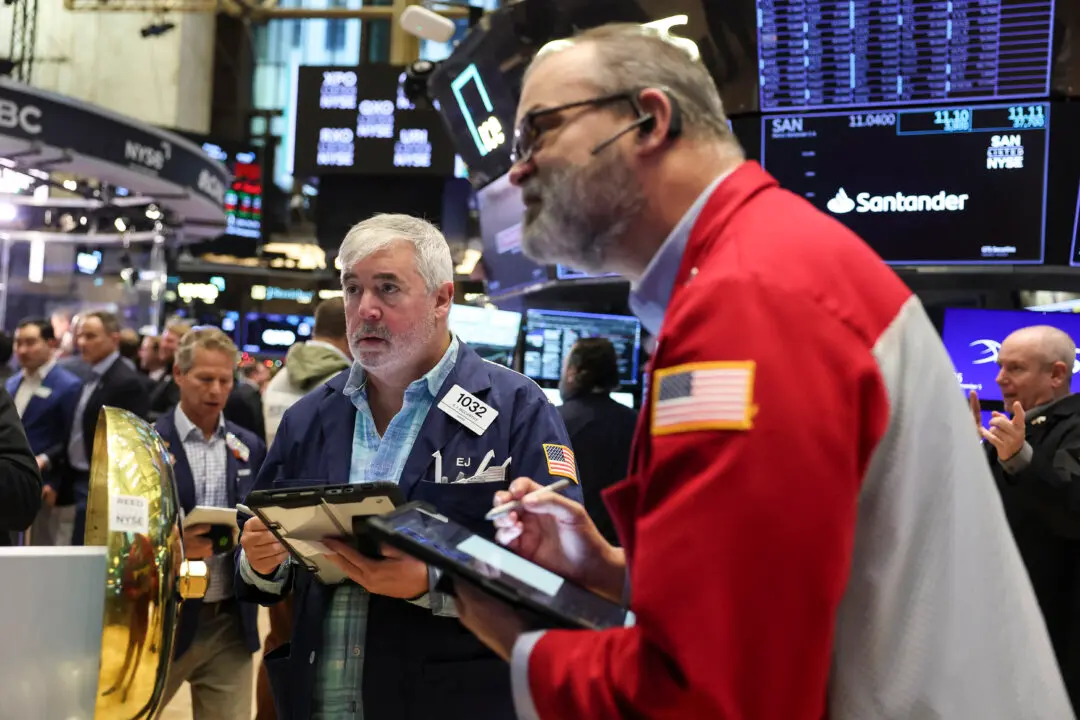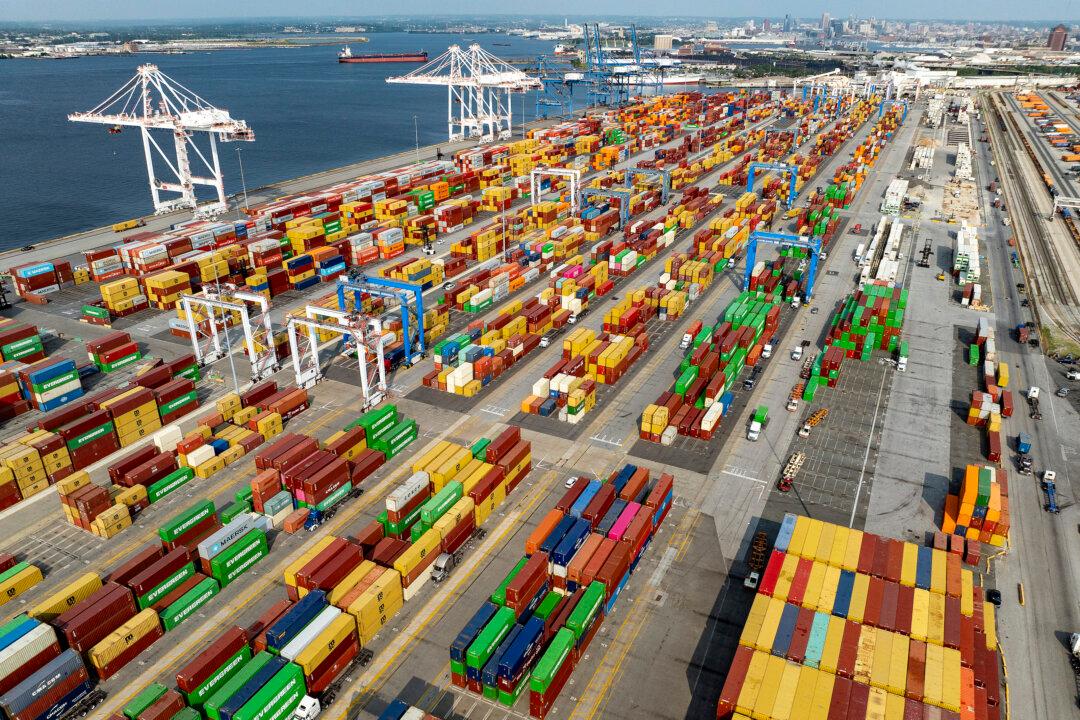Commentary
There’s an overly optimistic consensus view about the speed and strength of the U.S. recovery that’s contradicted by facts. While it’s true that the U.S. recovery is stronger than the European or Japanese one, the macro data shows that the euphoric messages about aggregate GDP growth are wildly exaggerated.





